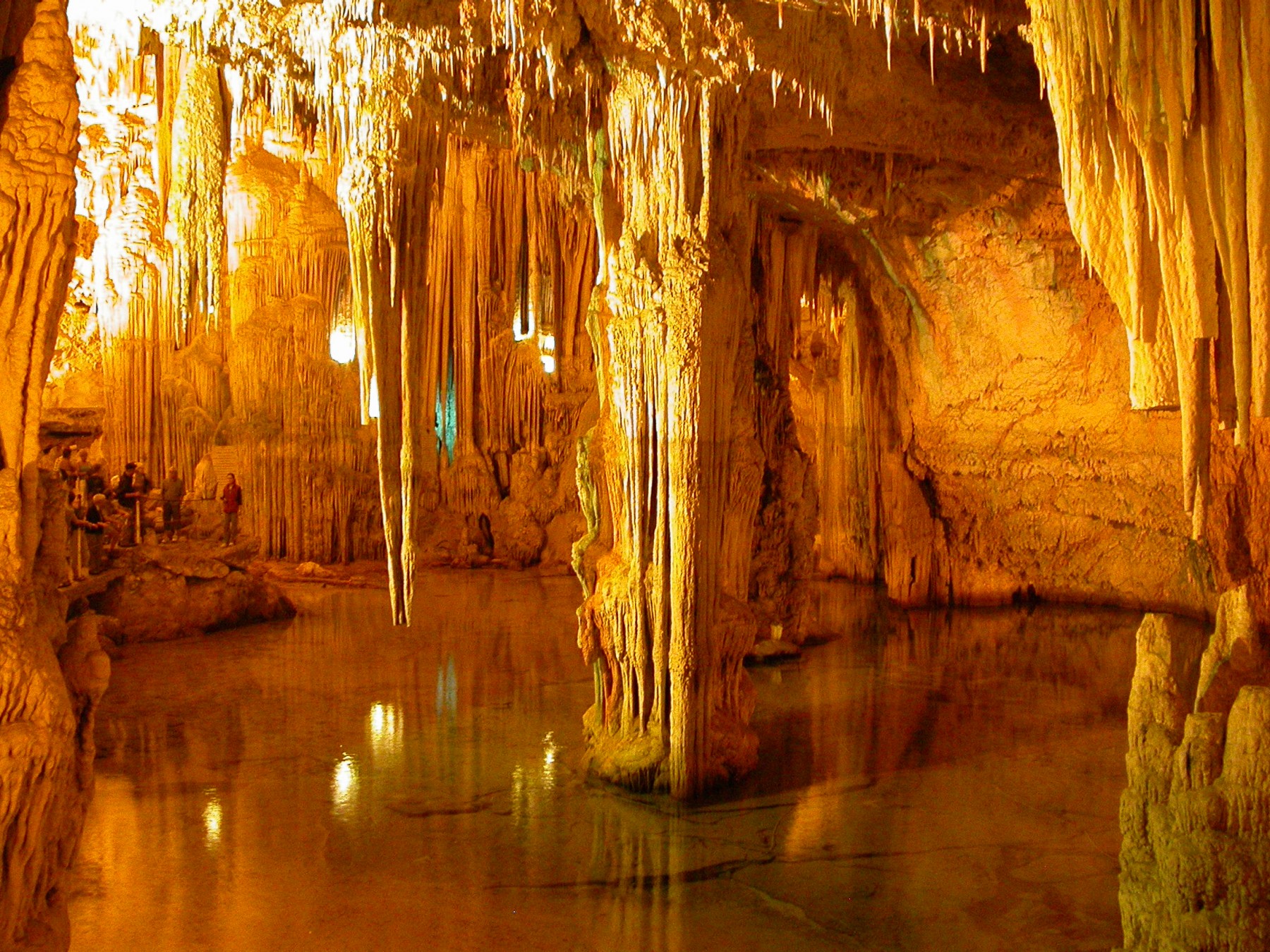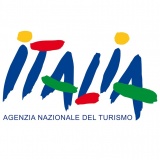
With its still expanses of olive trees as far as the eye can see, the Itria Valley is red soil, green groves and vineyards, and white trullo houses under a serene blue sky – essentially, a marvelous chromatic effect that repeats itself several times over.
Also known as the Valley of the Trulli, it makes up part of the Provinces of Bari, Brindisi and Taranto, and comprises the Comuni of Alberobello, Carovigno, Castellana Grotte, Ceglie Messapica, Cisternino, Fasano, Locorotondo, Martina Franca, Noci, Ostuni, Putignano, San Michele Salentino, San Vito dei Normanni and Villa Castelli.
Given the Valley’s chalky-white of its constructions, and the Mediterranean vegetation of its flat countryside, every town and borgo here seems enveloped in a magical, almost fairytale-like atmosphere.
In the Itria Valley’s heart is the obligatory stop of Alberobello, a UNESCO World Heritage Site (named in 1996), where it is impossible not to be charmed by the lanes of the Monti and Aja Piccola neighborhoods.
Yet the trulli sightings don’t stop at Alberobello. These structures – in more isolated cases, they are used as countryside vacation homes and rentals – dot the entire Itria Valley, from Cisternino, struck on a section of the Murge Plateau (the so-called Murgia dei Trulli); to the nearby Locorotondo, one of The Most Beautiful Villages of Italy. Called "Luogorotondo" up until the mid-1800s for its rotund town center, the latter constitutes part of the "Land of the Trulli."
The musts come in multiples here, with the “journey to the center of the earth” leading through the Grotte di Castellana (the Castellana Caves, in the Comune of Castellana Grotte), where both the Grave (pronounced GRAH-vay), the first and only vast cavern of its kind connected with the “outside world,” and the White Grotto leave just about everyone of their visitors absolutely speechless.
Just a few miles outside the Province of Bari lies Martina Franca, the most populous Comune in the Valley, known above all for its splendid Baroque architecture and for the Martina Franca Music Festival.
Then, the “White City” par excellence, and the only one fronting the sea, is Ostuni, with its characteristic historic center, once painted entirely white (now it is so only in part). Together with Taranto and Santa Maria di Leuca, it creates a tri-city area that is one of the Salento zone’s travel hotspots.
Be sure to visit the Grotte di Castellana, open year-round; led through the wonders of these caves by expert guides, you won’t be sorry you took on this fascinating excursion.
Take part in walks, workshops and tastings at the many educational agritourisms and manor farms (masserie) spread throughout the territory; they offer lessons, observations, and hands-on experiences land to table - from fruit and vegetable picking to transformation and preparation of the zero-kilometer agricultural products (not just food, but even artisan crafts, e.g. creations in reed).
Don’t miss
The Living Nativity staged among the trulli of Alberobello every December is a spectacular sight, as is the Passion Play on Holy Friday. And in Martina Franca, the Itria Valley Festival has been held each July since 1975.
On the hill overlooking the elegant Borgo of Fasano, we find Zoo Safari in the midst of a wood; this park that adults and children alike will love offers an incredible panoply of more than 40 animal species living free in their native habitats.
Eat
One word: Sporcamussi. You will be forgiven if you leave the table wearing traces of these creme and powdered-sugar bombs; actually, the name almost requires it (Sporcamussi translates to "Dirty Mouth" in Barese dialect). Live a little and savor these, the typical, delicious sweets of Bari and the Itria Valley!



